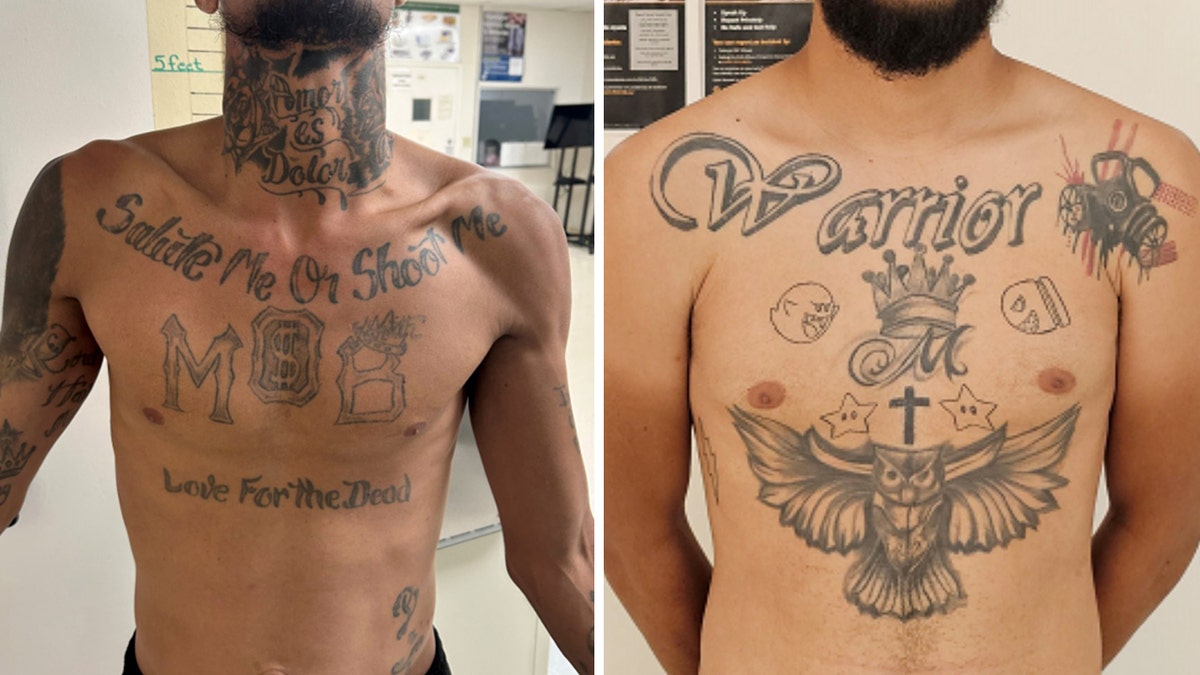

AUSTIN (Nexstar) — After hours of debate on the Texas Senate floor, families are now one step closer to an opportunity to use state money to help pay for private school tuition costs. All eyes will now be on the House of Representatives as it works to pass its version of the bill.
Senate Bill 2, authored by Sen. Brandon Creighton, R-Conroe, would create an education savings account. The $1 billion program would give families $10,000 to send their child to an accredited private school, $11,500 for students with disabilities, and $2,000 for children being home schooled.
The bill faced opposition from Senate Democrats who all voted against the bill on Wednesday night. The main issue is many believe the bill will damage the public school system.
“Everybody won’t be able to go to a private school, y’all. Please understand the public school will close and the communities will fail,” Sen. Borris Miles, D-Houston, said on the Senate floor.
Sen. Royce West, D-Dallas, questioned Creighton on the Senate floor about whether school choice will effectively prioritize students in disadvantaged schools or zip codes. He argued that a majority of private school students are white, and that the state must make sure that this program does not use state money to fund segregated schools.
Creighton referenced national data from other school choice programs that show similar programs raised the percentage of minority students in private schools. Nathan Cunneen, the Texas State Director of the American Federation for Children, an organization that advocates for school choice, shared the national data with Nexstar.
| RACE | White | Black | Hispanic | Asian | Other |
| SCHOOL CHOICE PROGRAM | 50.5% | 20% | 22% | 1.6% | 5.6% |
| PRIVATE SCHOOL SELF-PAY | 65.5% | 9.4% | 11.8% | 6.6% | 6.6% |
The table above shows the data shared by American Federation for Children. Cunneen said the data comes from eight racial integration studies performed in Ohio, Louisiana, Wisconsin, Washington D.C., and Ohio. The second-row percentages show the demographic of students in private schools in the studied areas that are taking advantage of a school choice program. The third row shows the percentage of students in these areas who pay for their private school tuition without any type of voucher or ESA.
West also questioned the low-income threshold, concerned that a student in need will have the same odds of getting a voucher as a wealthier student. The bill defines low-income families as anyone who makes up to 500% of the federal poverty line (FPL). For a family of four that would be $160,750.
“If you asked a family who’s total income was $50,000 if their life would drastically change with a $160,000 a year, they’d say yes,” Danielle Bryant, a former teacher who opposes the ESA program, said. “That is a life-changing amount of money difference. So, we’re just talking about people who are having different lived experiences — different families who have different needs.”
Bryant thinks the state should be focusing on funding public schools in the most robust way possible instead of pulling money to more privatization. She not only is worried about equity of the program when it comes income, but also with access to resources. She points out that some Texas counties don’t even have a private school.
Eighty percent of the money in the bill is prioritized for low-income families and students with disabilities. Creighton argues the threshold was set at 500% above the FPL because there are still middle class families that are also struggling to make ends meet and he did not want to cut them out of the priority.
“It would be a teacher and a firefighter with three or four kids, and certainly if you would interview them they would say that they’re doing the best they can to make ends meet, and make life make sense, and they certainly need educational opportunities for their kids,” Creighton explained.
The other 20% of the bill would be available for any family, no matter their income, and decided based on a lottery system.
The Texas House of Representatives has a history of killing legislation like SB 2. Currently nothing is filed in the House this session. In 2023 Rep. Brad Buckley, R-Salado, filed an ESA bill that created a tiered structure for priority. The priority is broken down below:
| Tier 1 | Students with disabilities with income at or below 400% of Federal Poverty Line (FPL) |
| Tier 2 | General education students with income below 185% of FPL |
| Tier 3 | General education students with income between 185% and 400% FPL |
| Tier 4 | General education students with income above 400% FPL |
It’s possible the House could file a similar bill this session. Creighton said he is open to considering certain income categorizations if that bill is presented and passed through the House.
“We’ll work out the details once we see them,” Creighton said.




